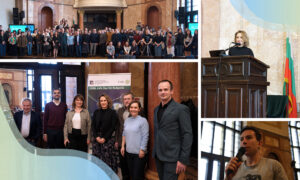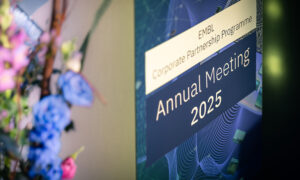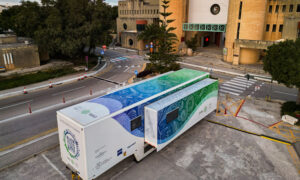
Building a broader European science community
Croatian scientists and students from the Ruđer Bošković Institute and University of Zagreb visited EMBL to exchange ideas with researchers and public outreach experts on ways to increase interest, awareness, and involvement in science.
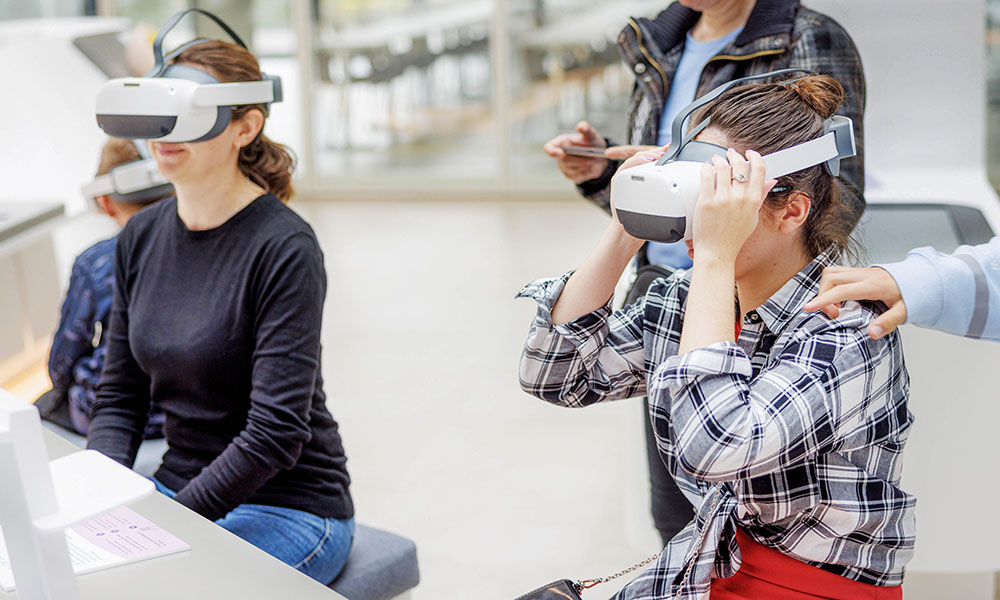
Today’s most pressing global issues demand scientific inputs, and creative public outreach has increasingly become important to attracting a new and expansive generation of scientists. This was the basis for a scientific exchange between EMBL and 16 professors, teachers, scientists, and students at different levels of education from Ruđer Bošković Institute (RBI) and the University of Zagreb. The latter visited Heidelberg recently, as part of a European Science Foundation project to improve capacity building and popularise science in Croatia.
“I think both our organisation and EMBL are really doing similar things with regard to our scientific public outreach; we’re just doing it at on a smaller scale,” said Renata Kobetić, who organised the RBI visit and who also leads a science education group at Eduka-Centar lokalnog razvoja, a Croatian civil society organisation. In fact, the group includes children and young people of all ages who each work with a yet younger group of students to share their scientific interests and knowledge. This ‘trickle-down’ approach can motivate a pipeline of young scientists starting at preschool age.
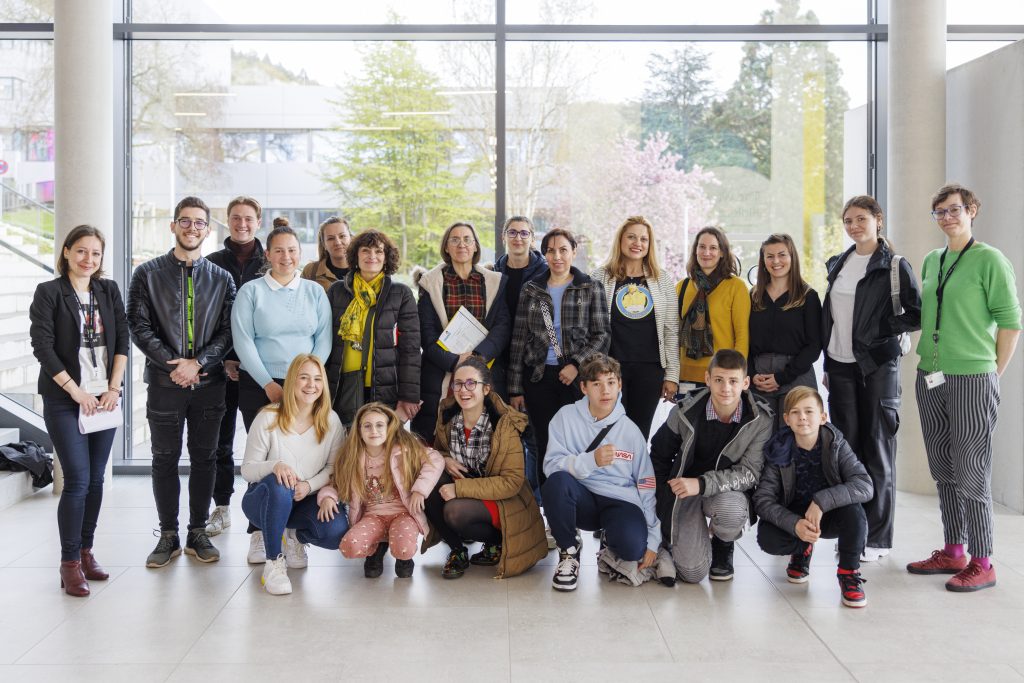
The visit was made possible through a Memorandum of Understanding between EMBL and RBI signed in 2022. This MoU recognises the long-standing collaboration between EMBL and Croatia and highlights the partners’ shared goals and expresses interest in strengthening science-related cooperation between EMBL and the Croatian research community.
“This event follows up on a number of awareness events and visits organised in cooperation with our Croatian collaborators to further stimulate links between EMBL and Croatia, including initiatives on increasing awareness of EMBL in Croatia and empowering the next generation of scientists,” said Plamena Markova, EMBL’s head of International Relations. “This visit was a wonderful opportunity to make EMBL’s unique tools and cutting-edge expertise available to the curious eyes of young learners who might one day populate our laboratories.”
RBI is Croatia’s largest multidisciplinary scientific research centre. Founded in 1950, its mission is to support excellent scientific research in the natural and biomedical sciences as well as marine and environmental research. Croatia joined EMBL as a member state in 2006 and the two have enjoyed a mutually constructive and evolving collaboration.
This particular visit was unique, having included young students who are part of Eduka’s science outreach programme. The visitors brought varying perspectives on ideas for popularising science in Croatia and how best to encourage more young people to pursue the sciences as a career choice.
As part of the engagement, the visitors toured EMBL’s new permanent exhibition, the World of Molecular Biology. It creates a vibrant, interactive discovery space that celebrates molecular biology with a special focus on the work, people, and technologies of EMBL.
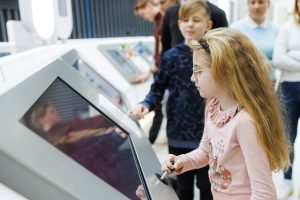
In addition to being interested in a hands-on display about AI-use in image data analysis, Julija Vrbanić, the youngest visitor of the day at age nine, learned about the structure of a toxin-antitoxin molecule complex within the tuberculosis bacterium. Based on this knowledge, scientists design drugs to uncouple toxins from antitoxins. In one of the exhibit’s interactive games, Julija took on the role of toxin – PacMan style! Once freed from the antitoxin, she could eat up the bacterium’s energy reservoir, spectacularly defeating it.
“I think my friends would really like the PacMan game,” said Julija, who is very interested in game animation. Hailing from Elementary School Klinča Sela just outside Zagreb, she was also able to test out a virtual reality headset that sheds light on the very first cell division in a developing embryo.
One of the older student visitors, Leon Lenuzzi Šuper, an undergraduate chemistry major at the University of Zagreb, equated the importance of strong public education and outreach about science to that of public health and fitness campaigns.
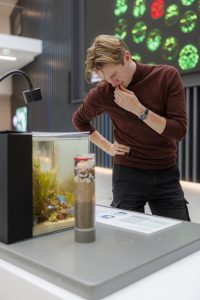
“In so many cities, we have stadiums and gyms that encourage our physical fitness, but in very few cities do we have such a public display about science,” he said. “I think everyone should be involved in sports for their physical health. But science is also present all around us, and very few people understand how it works. If we can educate everyone in science, they can be aware of how it affects them in literally every way.”
For other visiting professors and group organisers like Sanja Gottstein, Faculty of Science, University of Zagreb, the exchange at EMBL was important to get new ideas for public outreach to take home to Croatia. Gottstein also leads an informal science education program at Eduka with Kobetić.
“I was really excited to come to EMBL to see how we could further spread this knowledge in a younger generation,” Gottstein said. “It was particularly good to see ways to connect to current science, hear about new ideas and new explorations, but then also see how it can be simplified to share with ordinary people and spread a huge amount of information. That’s something I think we can adapt back at home.”
The day also included a lab visit and discussions with EMBL’s Science Education and Public Engagement Team (SEPE).
“Kids are our future. That’s the bottomline,” Kobetić said. “We need to teach the kids about what is good and what is not for this planet to try and improve our lives. In our civil society group, children come for the first time, and they don’t know just how exciting science is. But once they come, they don’t stop. It’s about creating awareness.”

